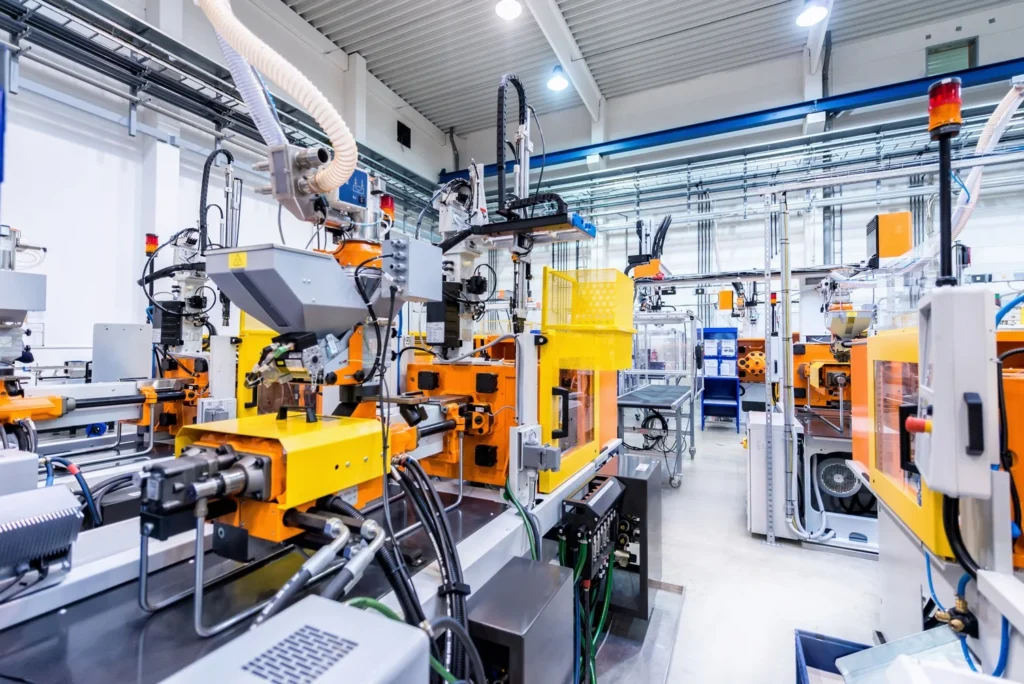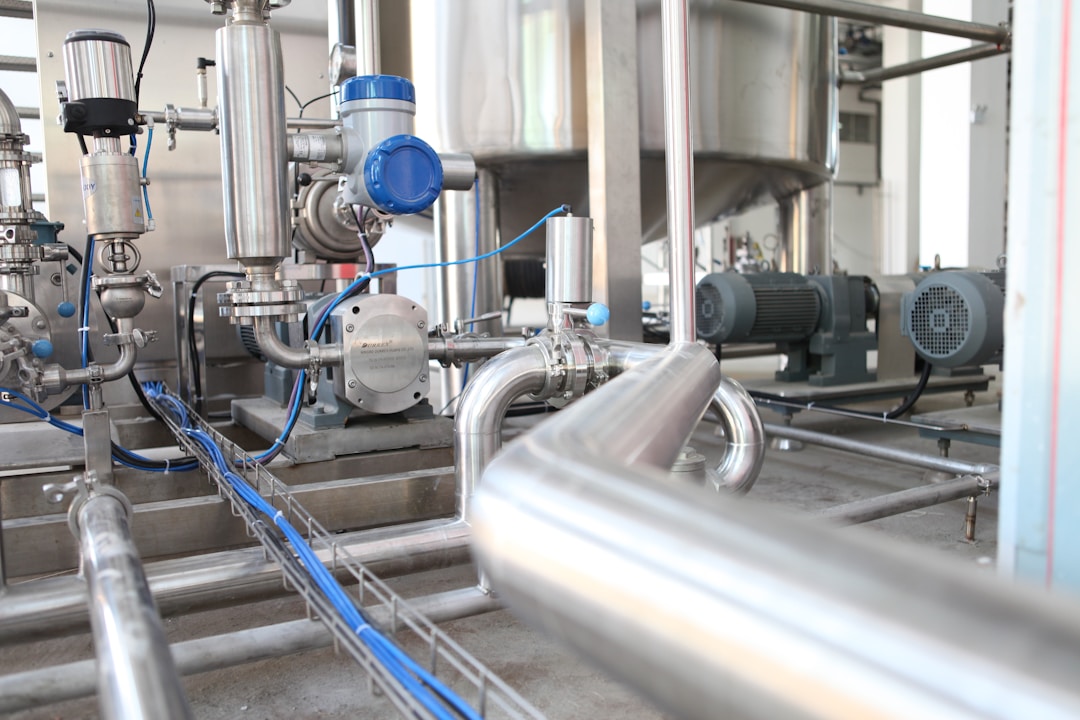
When it comes to expanding or upgrading your industrial operations, the decision to purchase used equipment can be a cost-effective alternative to buying new. The key is to select the right machinery that meets your specific needs without compromising on performance and reliability. A pre-purchase assessment should combine careful consideration of your production demands with a strategic evaluation of the equipment’s condition and history. Keep reading to uncover essential tips for making informed decisions on used equipment and used evaporators.
Assessing Your Industrial Equipment Needs

Before you even start looking at used equipment, it’s crucial to have a clear understanding of what your business requires. Consider the scale of your operations, the type of products you manufacture, and the volume you need to produce. These factors determine the kind of equipment suitable for your processes and the features necessary to maintain efficiency. Always analyze the space available in your facility.
It’s also important to think about the compatibility of the used equipment with your existing machinery. Look for models that can be easily integrated into your workflow to prevent bottlenecks or excessive downtime during setup. This can also save on training costs as your personnel may be already familiar with similar equipment.
Finally, consider environmental and safety regulations within your industry. Ensure that any equipment you’re considering adheres to these standards to avoid potential fines or operational hazards. Now is also the opportunity to consider specialized equipment. For instance, acquiring used evaporators can be a game-changer for processing businesses, particularly when chosen wisely.
Evaluating the Reputation and History of the Seller
When purchasing used industrial equipment, the seller’s reliability is just as important as the machinery’s condition. A reputed seller will have a history of satisfied customers and a transparent selling process. Read reviews, ask for references, and research their market standing to get assurance about the quality of their offerings.
Pay attention to the level of detail the seller provides about each piece of equipment. Reputable sellers will offer comprehensive information, including detailed images, service histories, and any known defects. This transparency is indicative of their confidence in the equipment’s condition and their commitment to customer satisfaction.
It’s smart to establish a relationship with the seller, as they can become a valuable resource for future equipment needs or services. Their insight into industry trends and equipment availability can assist your business in making strategic investment decisions.
Conducting a Comprehensive Cost-Benefit Analysis

Investing in used industrial equipment involves numerous cost considerations beyond the initial purchase price. Calculate the total cost of ownership which includes shipping, installation, potential upgrading, maintenance, operation, and even decommissioning costs over the equipment’s expected service life.
Assessing the financial stability of investing in used equipment is also critical. Consider how this investment will affect your cash flow and whether financing options need to be explored. Remember to factor in potential tax benefits from depreciation or investment credits that may apply.
Finally, account for the resale value of the equipment. Should your needs change, the possibility of reselling the machine at a reasonable value can mitigate some of the risks associated with purchasing used equipment. This end-of-life value is often overlooked but can be an important component of the overall cost analysis.
Overall, purchasing used industrial equipment can be a wise strategic move if done with deliberate consideration of your company’s specific needs and careful analysis of the equipment’s history, condition, and total cost of ownership. By weighing these elements against the potential benefits, your business can capitalize on the cost-savings without compromising on performance and productivity.
